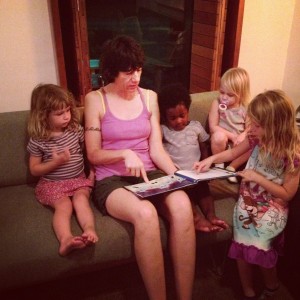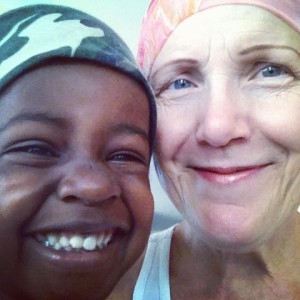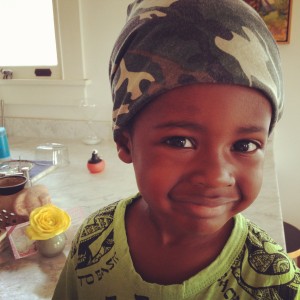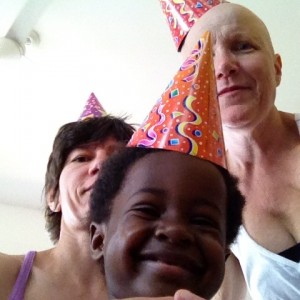The zen temple down the street has started offering dharma talks after the meditation on Sunday mornings and the topic has been Genjo Koan, which was written in 1233 by Eihei Dogen, founder of the Soto Zen tradition. The “issue at hand” is the koan of everyday life. And so let’s just start with that.
As I kneeled in the corner, facing the wall, meditating and practicing the tradition of letting thoughts come and go, I went through a series of thoughts about where I’ve done wrong, and where I’ve misstepped. I was able to let these go by then saying to myself, “This is my time, my time to let these thoughts go,” and come back to the breath and the meditation, but as always not without trials and tribulations.
The first thing that one of the other practicers said after the meditation was that he thought of the interchange for the monk with Zen master Boache and how there is the reconciliation that the wind is there, but he was fanning himself, and why fan if there is wind, and on and on. But he said it reminded him of war veterans who have lost a limb and how they focus on that missing limb and who they were with it and fail to see themselves as they are now. Complete yet different.
I had just been observing my bald state and lamenting the loss of my thick wavy hair and not able to fully embrace the skinhead I have become and I thought about what this guy said because I had just read in the New York Times about the artist capturing the war veterans and the images of them limbless automatically suggests suffering like my bald head automatically suggests “loss of” and my interruptions during meditation were about what if I would have done differently then I might be and that whole program.
Suppose, zen is teaching, you were whole and right then, and you are whole and right now? Suppose. “Now if a bird or a fish tries to reach the end of its element before moving in it, this bird or this fish will not find its way or its place.” So the monk was saying we have this reptilian brain that sets everything in its place – this is food, this is dangerous, this is home – and it likes things to be in stasis because then it can respond quickly. But the new brain, the brain up front, that is creative and imaginative, doesn’t need those references, but relying on that brain is risky and uncertain – and most of all uncomfortable.
So what zen is saying is that we are all, life is always, in a state of flux and there is no stasis. What I’m saying is that I have spent the better part of my life fighting to achieve stasis only to find myself in flux. So if you accept the natural state is flux, and if you do not hold to an image of yourself that is based on what was, but instead what is, then from that reference point is where you have to find your comfort – that the meaning of life is not to be comfortable, instead the meaning of life is to live it.
To think otherwise is delusion.





